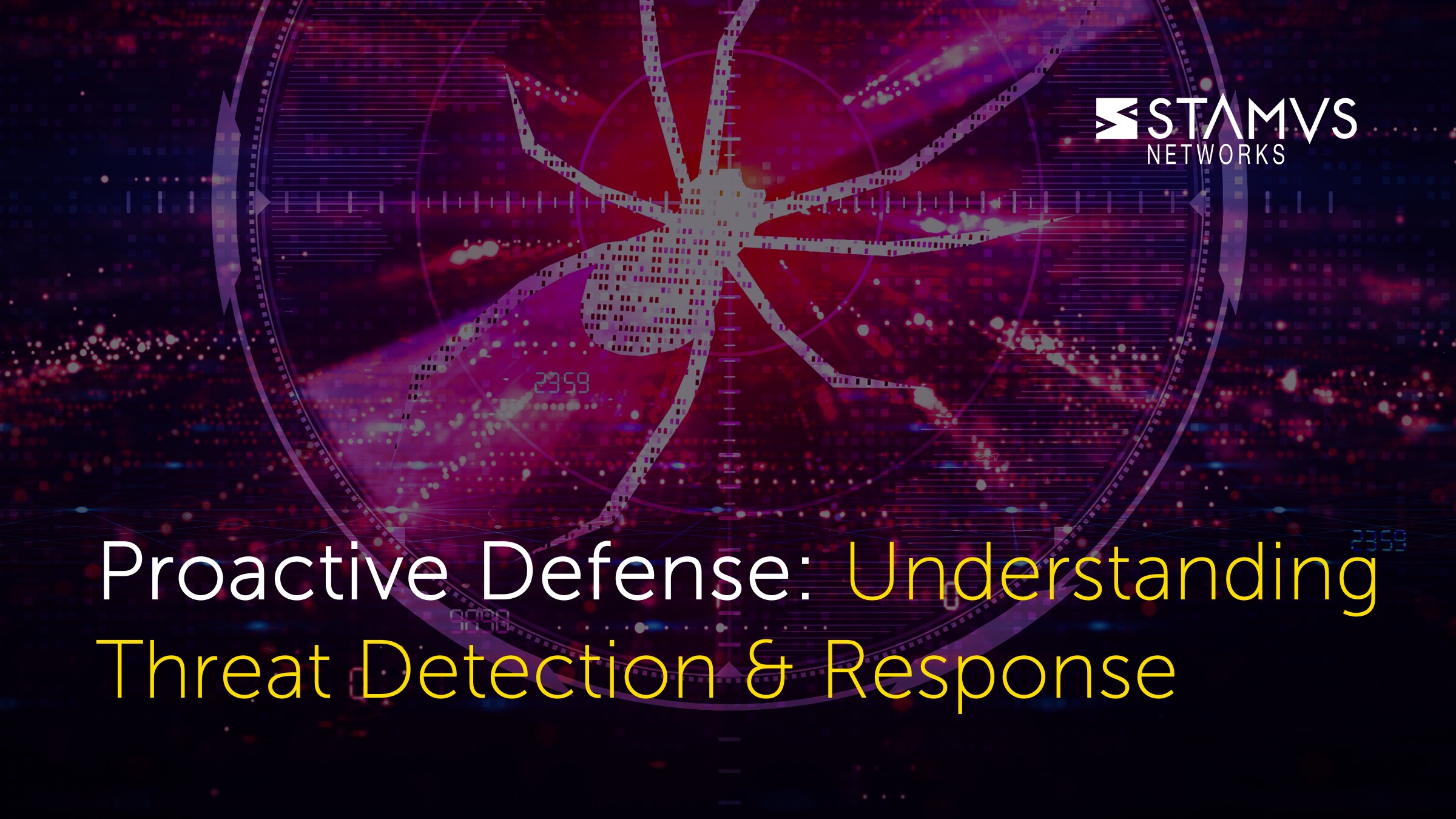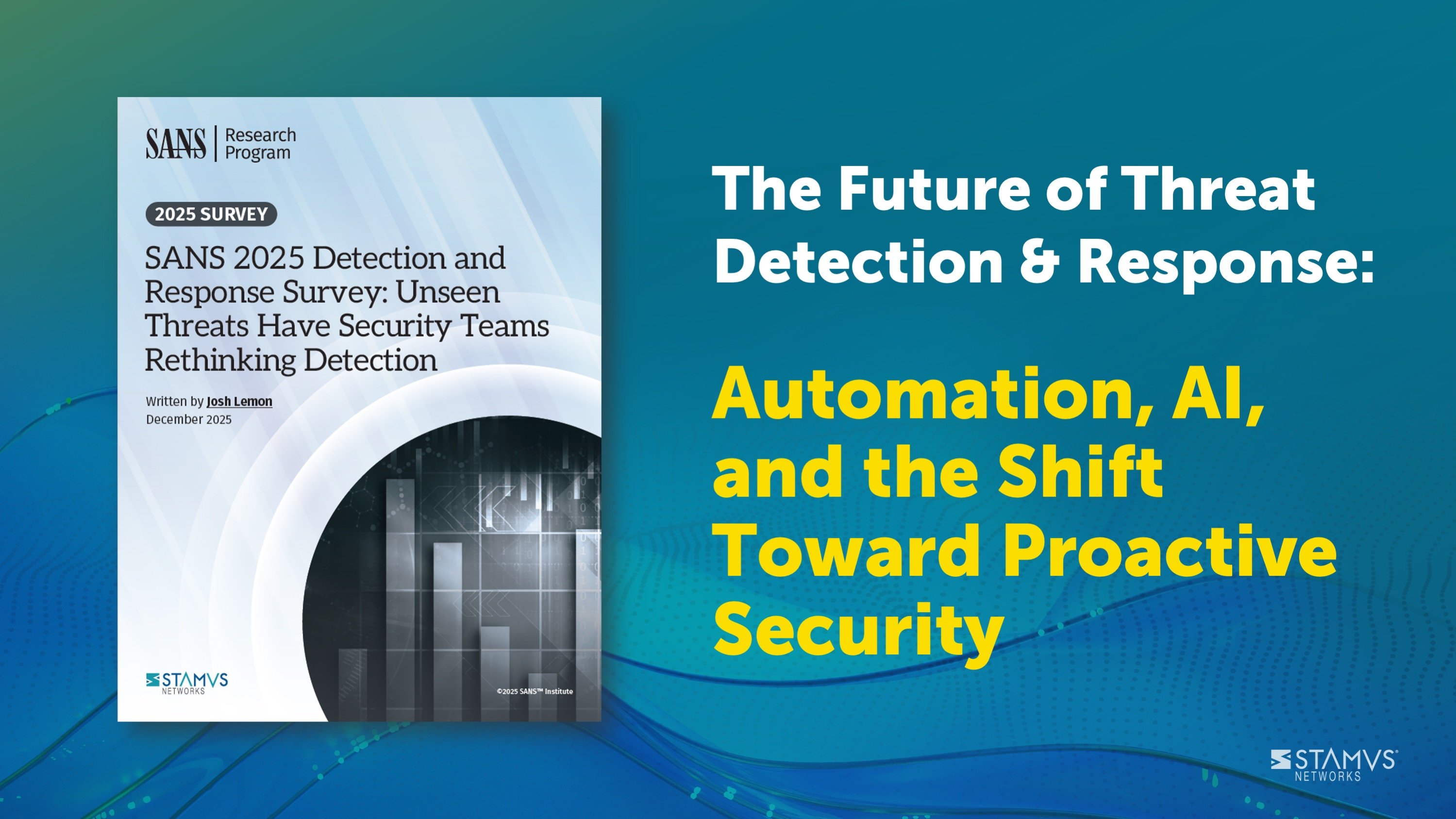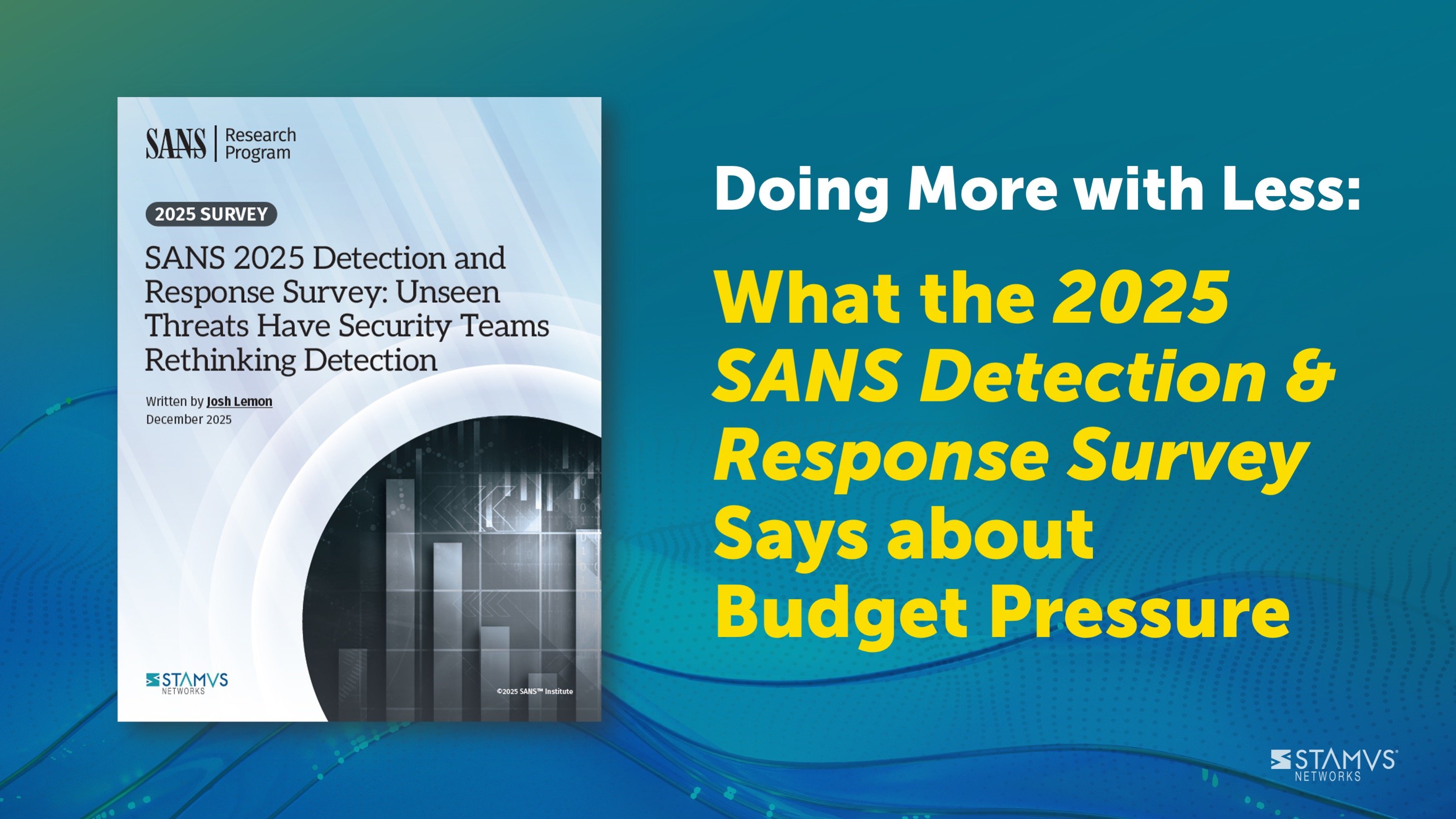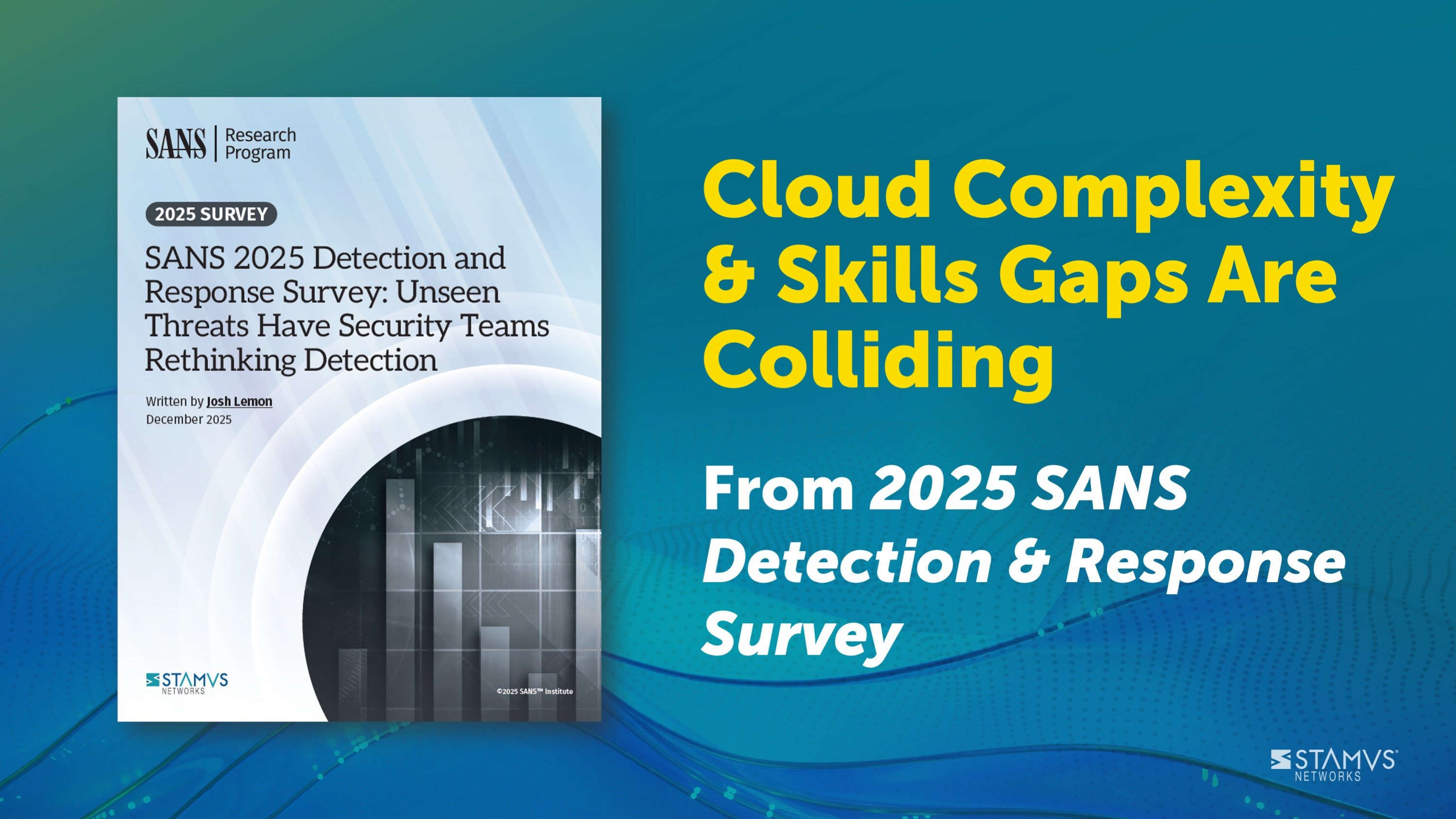Cyber threats are becoming increasingly sophisticated and pervasive, causing organizations to place greater importance on prioritizing their cybersecurity defenses. One of the key pillars of an effective cybersecurity strategy is the inclusion of a threat detection and response system. With such a system, organizations are better prepared to swiftly identify and mitigate potential threats, safeguard sensitive data, protect assets, and maintain the trust of their customers.
This blog post, which is the first in a five part series, will explore threat detection and response as a concept, highlight its importance in today’s cybersecurity landscape, and provide insight into what readers can expect in upcoming posts.
Understanding Threat Detection & Response
Threat detection and response is a proactive approach to cybersecurity that involves continuously monitoring networks, systems, and digital assets to identify and respond to potential security breaches and cyber attacks. It encompasses a range of tools, technologies, and processes designed to detect, analyze, and mitigate threats in real time. By deploying advanced threat intelligence, anomaly detection algorithms, and machine learning capabilities, organizations can detect both known and unknown threats, including malware, ransomware, phishing attempts, unauthorized user behaviors, and more.
Staying ahead of the curve: The significance of threat detection and response in the modern cybersecurity landscape
Threat detection and response is crucial in today's cybersecurity landscape. It enables early identification of potential security incidents, helping organizations minimize the impact of cyber attacks and prevent financial losses, data breaches, and reputational damage. Swift incident response allows organizations to mitigate risks, neutralize attacks, and restore normal operations promptly, minimizing data exfiltration and containing breaches.
Additionally, by proactively assessing their cybersecurity posture, organizations can identify vulnerabilities and implement countermeasures, staying ahead of cybercriminals and reducing potential risks. Robust threat detection and response measures also help organizations demonstrate compliance with regulatory frameworks, avoiding legal penalties related to data protection and privacy.
Beyond Prevention: Moving past traditional approaches
While traditional prevention approaches like web app blocking, firewalls, and zero trust architectures play a crucial role in fortifying an organization's cybersecurity defenses, threat detection and response offers complementary and essential capabilities.
Prevention measures focus on blocking known threats and unauthorized access, but they cannot provide foolproof protection against constantly evolving and sophisticated attacks.
Threat detection and response, alternatively, takes a proactive stance by actively monitoring networks, systems, and digital assets to identify potential security incidents in near-real time. This proactive approach enables organizations to detect both known and unknown threats which may bypass traditional prevention measures.
In the event that a threat does bypass traditional measures, timely detection becomes crucial to minimize the impact and mitigate the consequences. When a threat is detected, the security team must then engage in incident response (IR), which includes steps to contain and eradicate the threat and then recover back to normal operations. Using a proactive threat detection and response system, organizations are able to identify and respond to threats sooner, containing breaches, assessing damage, and initiating appropriate IR procedures as quickly and effectively as possible.
While traditional prevention measures provide a strong cybersecurity foundation, threat detection and response systems enhance the overall security posture of an organization. This proactive approach allows organizations to stay ahead of cyber threats, minimize the impact of breaches, and ensure the continuity of operations. Combining both prevention and detection/response measures can create a comprehensive and robust defense strategy.
From false alarms to missed threats: Solving the challenges of legacy detection systems
Due to a need for more proactive security measures, cybersecurity professionals have developed numerous threat detection systems that solve some of the challenges of prevention-focused systems. Intrusion Detection (IDS) and Network Security Monitoring (NSM) systems, advanced anti-virus softwares, and modern firewalls all provide greater detection abilities and response tools than their predecessors, but these systems still routinely face challenges of their own. Simply put, these systems are not advanced enough to serve as effective means of threat detection in an enterprise. Some of the challenges of legacy threat detection and response systems are:
- Limited Visibility and Context: Legacy systems often provide limited visibility into advanced threats and lack context for effective analysis. They rely on predefined signatures and patterns, making them less effective against sophisticated, zero-day attacks and targeted threats that exhibit novel techniques.
- High False Positives and Negatives: Traditional systems can generate a high number of false positives and false negatives. False positives occur when benign activities are incorrectly flagged as threats, leading to unnecessary alerts and wasted resources. False negatives, on the other hand, occur when actual threats go undetected, exposing organizations to potential risks.
- Inability to Detect Insider Threats: Traditional systems are primarily focused on external threats, often overlooking internal risks posed by insider attacks. Detecting unauthorized access or malicious activities originating from within the organization requires more advanced monitoring and behavioral analysis capabilities.
- Reactive Rather than Proactive: Many traditional systems rely on known signatures and patterns, making them more reactive rather than proactive. They can only detect threats that are already identified and have corresponding signatures. As a result, emerging threats and zero-day attacks can easily bypass these systems, leaving organizations vulnerable.
To address these challenges, organizations are increasingly turning towards more advanced and intelligent threat detection and response solutions that leverage machine learning, artificial intelligence, and behavioral analytics to enhance detection accuracy, reduce false positives, and provide comprehensive visibility into both external and internal threats.
Closing the gap: The next evolution of threat detection and response
Threat detection and response systems have undergone significant evolutions to keep pace with the growing complexity and sophistication of cyber threats. This evolution has led to the emergence of advanced solutions such as Network Detection and Response (NDR), Endpoint Detection and Response (EDR), and Extended Detection and Response (XDR). It is important to note that these modern systems often include the capabilities of traditional approaches (IDS, NSM, firewalls, anti-virus, etc) and expand on them with advanced features.
NDR solutions evolved from legacy intrusion detection systems to provide comprehensive visibility into network traffic, enabling real-time detection and response to potential threats. In addition to standard IDS features like signature-based detection and deep packet inspection, many NDR systems also leverage advanced analytics, machine learning, and behavioral analysis techniques to detect anomalies, identify malicious activities, and prioritize alerts for efficient incident response.
EDR solutions have emerged to address the need for enhanced visibility and control at the endpoint level. These solutions monitor and analyze endpoint activities — including file and process behaviors, registry changes, and network connections — to detect and respond to advanced threats that may evade traditional antivirus solutions. EDR platforms often include features for threat hunting, forensic analysis, and automated response actions.
XDR is the newest threat detection and response system, expanding on the capabilities of SIEM (security information and event management) and SOAR (security orchestration, automation, and response) systems to integrate multiple security components and data sources across networks, endpoints, and cloud environments. XDR solutions seek to leverage advanced correlation and analytics capabilities to provide comprehensive threat detection and response across various security domains. By aggregating and analyzing data from multiple sources (including NDR and EDR), XDR seeks to provide organizations a holistic view of their security posture and detect sophisticated threats that may span different attack vectors.
Overall, the evolution of threat detection and response systems has shifted from traditional signature-based approaches to more intelligent, analytics-driven solutions. NDR, EDR, and XDR solutions provide organizations with enhanced visibility, proactive threat hunting capabilities, and streamlined incident response, enabling them to effectively detect, investigate, and mitigate advanced cyber threats in today's dynamic threat landscape.
Building better defenses: The benefits of a comprehensive threat detection and response strategy
Each of these systems comes with challenges of their own, however crafting a comprehensive threat detection and response strategy that includes a combination of NDR, EDR, and XDR systems with traditional threat detection methods can give an organization the strongest chance against even the most sophisticated threats. Some of the main benefits include:
- Enhanced Threat Visibility: By employing multiple systems, organizations can gain comprehensive visibility into their entire IT environment, including networks, endpoints, and cloud environments. This holistic visibility allows for early threat detection, rapid incident response, and better overall situational awareness.
- Advanced Threat Detection: The combination of systems brings together a range of detection capabilities, including network traffic analysis, endpoint behavior monitoring, and correlation of security events across different domains. This multi-layered approach improves the detection of sophisticated threats, zero-day attacks, and advanced persistent threats (APTs) that may evade traditional security measures.
- Proactive Threat Hunting: With a comprehensive threat detection and response strategy, organizations can engage in proactive threat hunting. This involves actively searching for indicators of compromise (IOCs), unusual behaviors, and hidden threats within their environment. Proactive threat hunting helps identify potential threats before they cause significant damage and enables organizations to stay one step ahead of adversaries.
- Efficient Incident Response: NDR, EDR, and XDR systems streamline the incident response process by providing actionable intelligence, contextual information, and automated response capabilities. This improves the efficiency and effectiveness of incident response, helping organizations quickly contain breaches, mitigate damage, and minimize downtime.
- Compliance and Reporting: A comprehensive threat detection and response strategy supports compliance with industry regulations and data protection standards. NDR, EDR, and XDR systems provide the necessary logs, audit trails, and reporting capabilities to demonstrate compliance and fulfill reporting requirements.
Navigating the World of Threat Detection and Response Systems
In this series, we will look closer at each of the three modern threat detection and response systems — NDR, EDR, and XDR — and discuss the benefits and challenges of each. The goal is to discuss the importance of a proactive and comprehensive approach to cybersecurity and help our readers make more informed decisions about the most effective way to protect their organizations against evolving cyber threats.
Subscribe to the Stamus Networks blog, follow us on Twitter and LinkedIn, or join our Discord to be notified of new posts.






